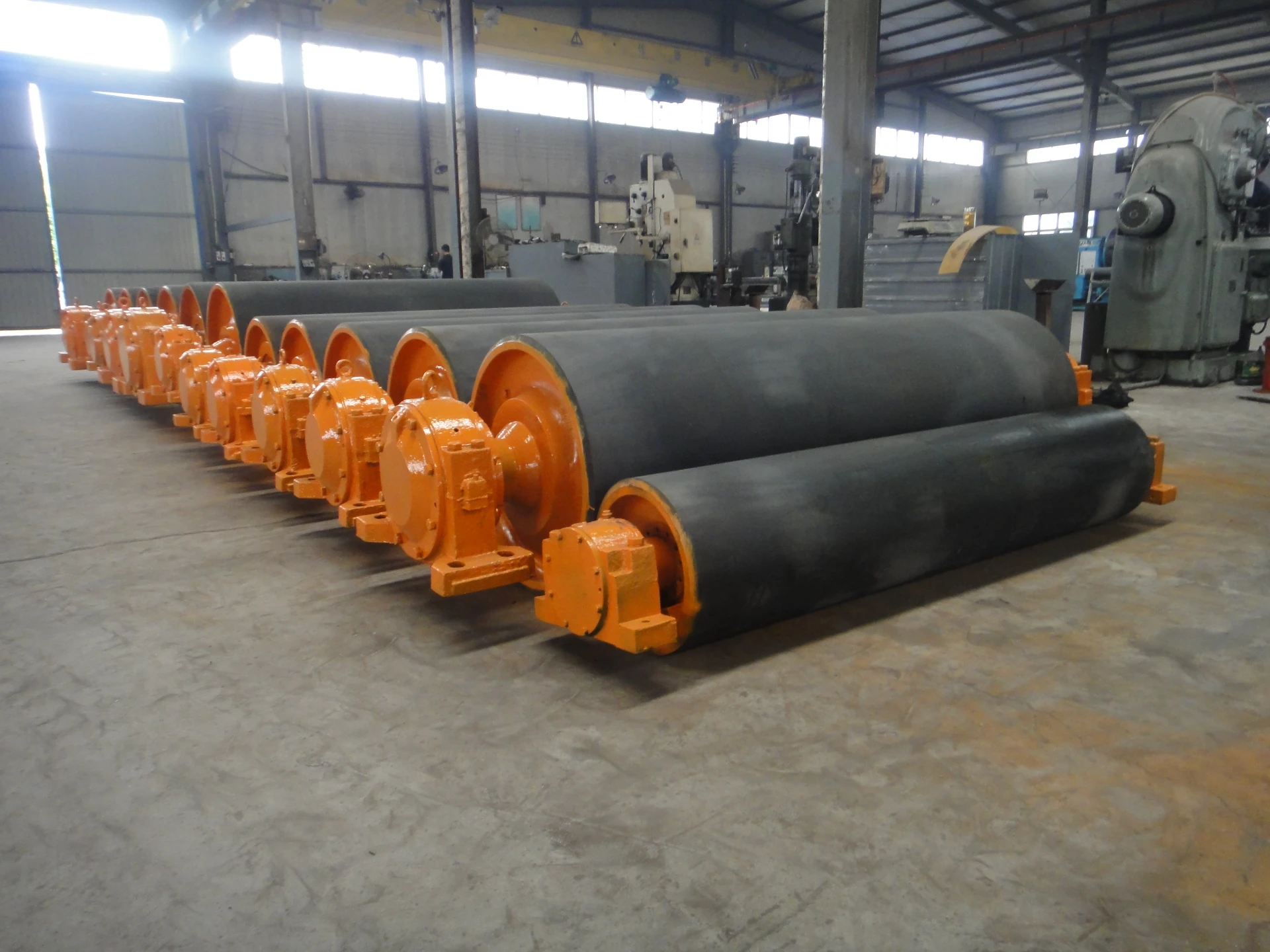 Afrikaans
Afrikaans  Albanian
Albanian  Amharic
Amharic  Arabic
Arabic  Armenian
Armenian  Azerbaijani
Azerbaijani  Basque
Basque  Belarusian
Belarusian  Bengali
Bengali  Bosnian
Bosnian  Bulgarian
Bulgarian  Catalan
Catalan  Cebuano
Cebuano  Corsican
Corsican  Croatian
Croatian  Czech
Czech  Danish
Danish  Dutch
Dutch  English
English  Esperanto
Esperanto  Estonian
Estonian  Finnish
Finnish  French
French  Frisian
Frisian  Galician
Galician  Georgian
Georgian  German
German  Greek
Greek  Gujarati
Gujarati  Haitian Creole
Haitian Creole  hausa
hausa  hawaiian
hawaiian  Hebrew
Hebrew  Hindi
Hindi  Miao
Miao  Hungarian
Hungarian  Icelandic
Icelandic  igbo
igbo  Indonesian
Indonesian  irish
irish  Italian
Italian  Japanese
Japanese  Javanese
Javanese  Kannada
Kannada  kazakh
kazakh  Khmer
Khmer  Rwandese
Rwandese  Korean
Korean  Kurdish
Kurdish  Kyrgyz
Kyrgyz  Lao
Lao  Latin
Latin  Latvian
Latvian  Lithuanian
Lithuanian  Luxembourgish
Luxembourgish  Macedonian
Macedonian  Malgashi
Malgashi  Malay
Malay  Malayalam
Malayalam  Maltese
Maltese  Maori
Maori  Marathi
Marathi  Mongolian
Mongolian  Myanmar
Myanmar  Nepali
Nepali  Norwegian
Norwegian  Norwegian
Norwegian  Occitan
Occitan  Pashto
Pashto  Persian
Persian  Polish
Polish  Portuguese
Portuguese  Punjabi
Punjabi  Romanian
Romanian  Russian
Russian  Samoan
Samoan  Scottish Gaelic
Scottish Gaelic  Serbian
Serbian  Sesotho
Sesotho  Shona
Shona  Sindhi
Sindhi  Sinhala
Sinhala  Slovak
Slovak  Slovenian
Slovenian  Somali
Somali  Spanish
Spanish  Sundanese
Sundanese  Swahili
Swahili  Swedish
Swedish  Tagalog
Tagalog  Tajik
Tajik  Tamil
Tamil  Tatar
Tatar  Telugu
Telugu  Thai
Thai  Turkish
Turkish  Turkmen
Turkmen  Ukrainian
Ukrainian  Urdu
Urdu  Uighur
Uighur  Uzbek
Uzbek  Vietnamese
Vietnamese  Welsh
Welsh  Bantu
Bantu  Yiddish
Yiddish  Yoruba
Yoruba  Zulu
Zulu rubber lagging
The Benefits and Applications of Rubber Lagging
Rubber lagging is a crucial technology employed in various industries, particularly in the field of material handling. As industries continually seek ways to improve efficiency and reduce operational costs, rubber lagging has emerged as a significant solution. This article explores what rubber lagging is, its benefits, and its diverse applications in different sectors.
What is Rubber Lagging?
Rubber lagging refers to the process of applying a layer of rubber to the surface of equipment, typically in conveyor systems, pulleys, and rollers. This added layer is designed to enhance grip, reduce wear, and provide protection against various environmental factors. The rubber material used in lagging can vary in composition, thickness, and texture, depending on the specific application requirements.
Benefits of Rubber Lagging
1. Increased Traction One of the primary benefits of rubber lagging is its ability to provide excellent traction. The rubber surface increases friction between the conveyor belt and the lagged pulleys or rollers, which helps prevent slippage. This is particularly important in industries that handle heavy loads, as it ensures smooth operation and efficient transportation of materials.
2. Wear Resistance The wear and tear on equipment can lead to significant downtime and maintenance costs. Rubber lagging helps to mitigate this issue by protecting the underlying metal components from abrasion caused by materials being transported. This prolongs the life of the machinery, thereby reducing the frequency and cost of repairs.
3. Noise Reduction Industrial operations often generate considerable noise that can affect the working environment. Rubber lagging acts as a damping material, absorbing sound and vibrations. This feature creates a quieter workspace, which can enhance worker safety and comfort.
4. Protection Against Environmental Factors Many industrial environments involve exposure to harsh chemicals, moisture, and temperature fluctuations. Rubber lagging can be engineered to resist these factors effectively, which helps maintain the integrity and functionality of machinery in diverse settings.
5. Customization Rubber lagging can be tailored to meet specific needs. Different types of rubber compositions, such as natural rubber or synthetic compounds, can be used depending on the material being handled and the operational conditions. Additionally, the surface texture can be modified to provide optimal performance based on the application's requirements.
rubber lagging

Applications of Rubber Lagging
Rubber lagging finds applications across various industries, showcasing its versatility and importance
1. Mining and Quarrying In the mining industry, rubber lagging is extensively used on conveyor systems that transport raw materials like coal, ores, and aggregates. The enhanced grip and wear resistance significantly improve efficiency and reduce operational costs.
2. Agriculture Agricultural machinery, especially those involved in the transportation of crops, often utilizes rubber lagged rollers. This not only helps in efficiently transferring products but also minimizes damage to the crops.
3. Food Processing In food processing plants, rubber lagging is utilized for its hygienic properties and ability to withstand cleaning processes. It ensures a safe and efficient transfer of food products while adhering to safety standards.
4. Construction Construction equipment, including excavators and backhoes, often benefits from rubber lagging on their tracks and rollers. This enhances traction on various terrains and extends the life of the machinery.
5. Manufacturing Many manufacturing processes involve the use of conveyor belts. Rubber lagging helps maintain the efficiency of these systems, ensuring that materials move seamlessly through the production line.
Conclusion
Rubber lagging is more than just a protective layer; it is an essential component that enhances the performance and longevity of industrial machinery. With its myriad benefits—ranging from increased traction and wear resistance to customization options—rubber lagging plays a vital role across various sectors. As industries continue to evolve, the importance of effective material handling solutions like rubber lagging will undoubtedly increase, highlighting its value in modern operations. Adopting rubber lagging not only boosts efficiency but also demonstrates a commitment to innovative practices that foster operational excellence.
-
Revolutionizing Conveyor Reliability with Advanced Rubber Lagging PulleysNewsJul.22,2025
-
Powering Precision and Durability with Expert Manufacturers of Conveyor ComponentsNewsJul.22,2025
-
Optimizing Conveyor Systems with Advanced Conveyor AccessoriesNewsJul.22,2025
-
Maximize Conveyor Efficiency with Quality Conveyor Idler PulleysNewsJul.22,2025
-
Future-Proof Your Conveyor System with High-Performance Polyurethane RollerNewsJul.22,2025
-
Driving Efficiency Forward with Quality Idlers and RollersNewsJul.22,2025





























